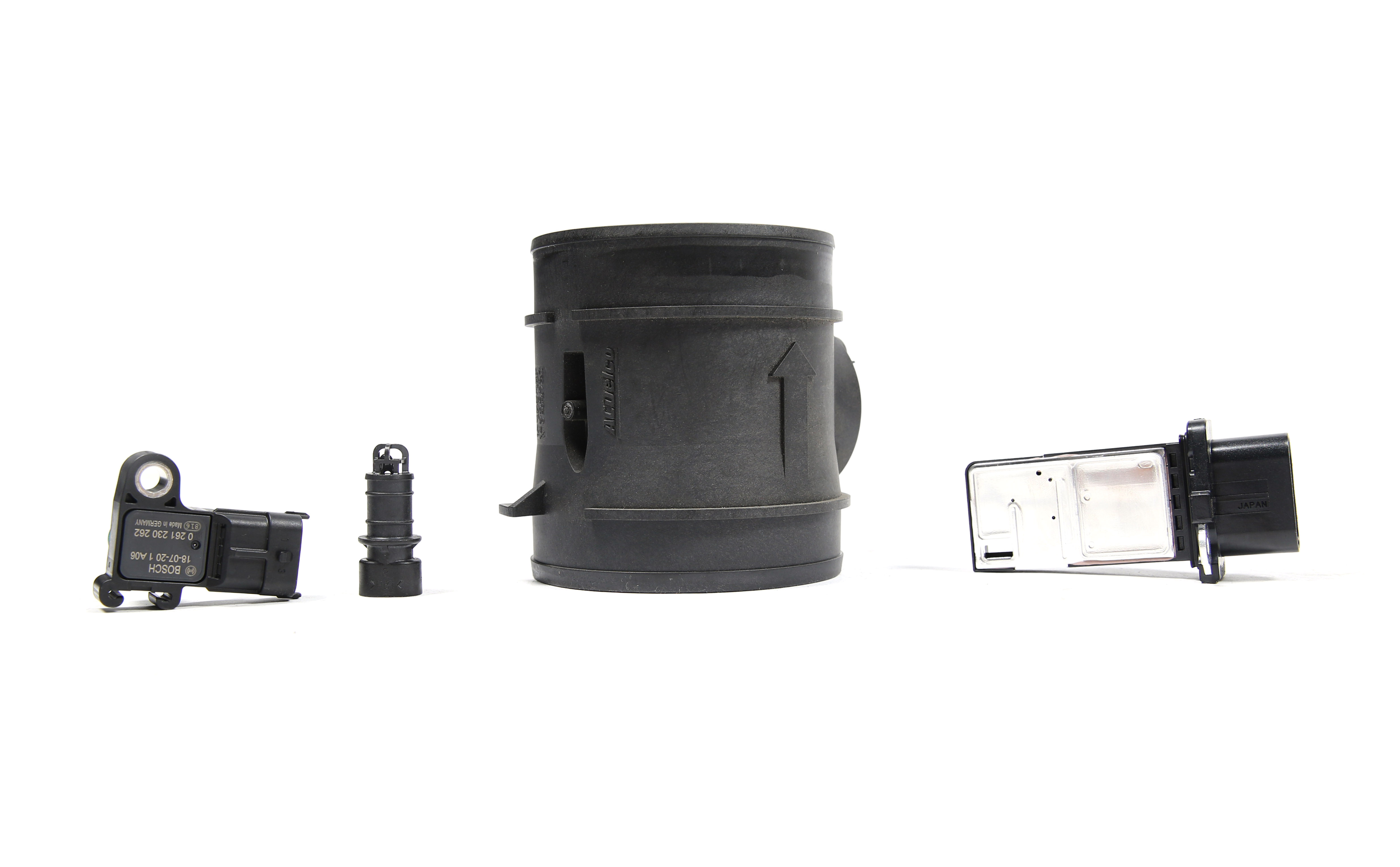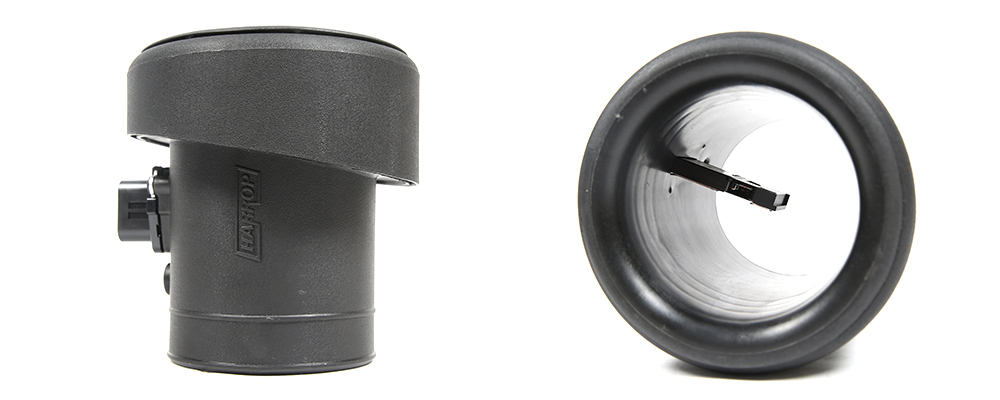
Posted on 8th October 2019 at 1:39pm
Something that comes up often in GM world in particular is the benefit of MAF(Mass Air Flow) vs MAF less (speed density). GM platforms since the LS1 have utilized two methods of airflow calculation to ensure accurate air flow measurement such that accurate fuel quantities are injected and torque calculations made.
Types of Airflow
The two airflow calculations have different strengths and purposes MAF and Speed density, a MAF is exceptionally good at measuring high speed stable airflow but struggles with transient air flow, throttle movements, and low flow rates like low idle speeds. Speed density is a calculation based on MAP (manifold pressure) and IAT (inlet air temperature), that’s oversimplified but it will do for now, basically with pressure and temperature of the air the ECU calculates the quantity (mass) of air. Speed density is more accurate at idle and part throttle, it deals with variations in air flow and flow at low speeds more effectively than MAF measurement. The down side of speed density is that it requires more calculation capability, MAF is a direct measurement and therefore is much less demanding on the ECU.

At high engine speed and load, the ECU is very busy as combustion events are occurring incredibly quickly, this places higher demand on the ECU processor, in order to free up processor power for other tasks such as precise timing and knock control GM will typically discontinue speed density calculation and switch solely to MAF around 4000 rpm. The MAF flow is stable and supplies accurate flow data at speed whereas the manifold pressure is pulsing rapidly with small pressure changes from every inlet valve opening event, this reduces its overall accuracy due to a huge influx of high-speed pressure data that the ECU must calculate into air mass.
Knowing what we now know the question becomes “which is better?" There is no one answer for all scenarios so we can examine a few examples.
Gen 3 (LS1, LS2 P01 and E40 ECU), it is common to remove the MAF on LS1 cars, the MAF is small and can offer restriction in even modest output cars. Gains in outright power are seen even with minor bolt on components and MAF removal. If drive-ability and economy are more important than outright performance it would be best to retain the MAF,retaining the MAF will improve the transient throttle characteristics of the vehicle at the expense of power in a modified engine.
Gen 4 (L76,77, 98, LS3, LSA, LS9, E38 and E67 ECU). This generation of vehicle has larger MAF pipes that offer little obstruction to flow and allow much higher air flow. The benefits to retaining the MAF are far greater, the combination of correctly calibrated MAF and speed density provides noticeably improved throttle response, idle quality and drive-ability in general without the sacrifice of power loss. It is possible to use even larger MAF pipes to allow even greater flow with the correct scaling. Many tuners use to do the opposite and only use the MAF in this generation of vehicle and the Gen 5 as it is quick and easy, but it is not without drawbacks. The ECU can be configured to ignore the speed density calculation at all speed and just use the MAF, in doing so the ECU is operating with only half the available information, due to this idle stability,throttle transient and calculated torque accuracy will all suffer. The ECU calculated torque output is critical to correct transmission line pressure and shift quality as well as longevity,additionally the stability and traction control uses the current torque output. For outright power using short large intake tracts the MAF will need to be removed as it cannot operate effectively, in order to be accurate a MAF sensor needs stable directional airflow, some intakes do not have sufficient length to ensure this and can also suffer from air buffeting relative to cross winds and vehicle speed, in these instances the MAF should be deleted for the most desirable result.

The above statements regarding improved drive-ability and throttle response are only true if both the MAF curve and speed density calculations are correct and in agreement with one another under similar conditions. Poor drive-ability will be the result of a MAF scale that has been modified to correct an incorrect speed density equation and vice versa.